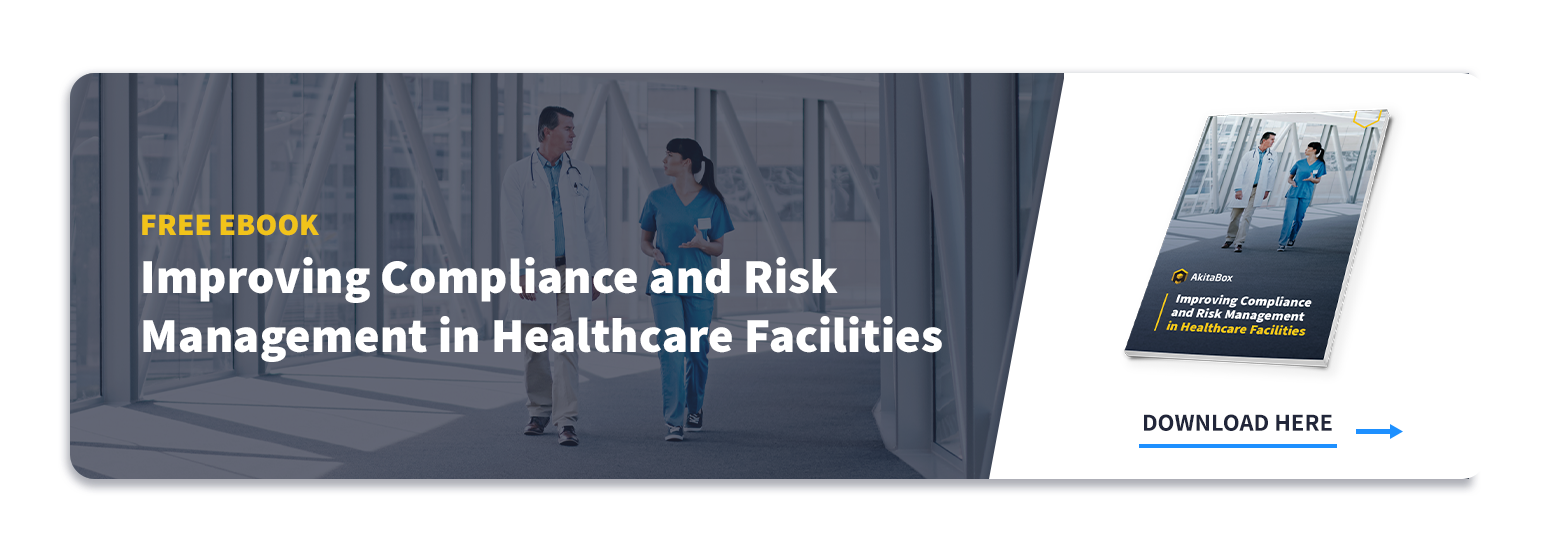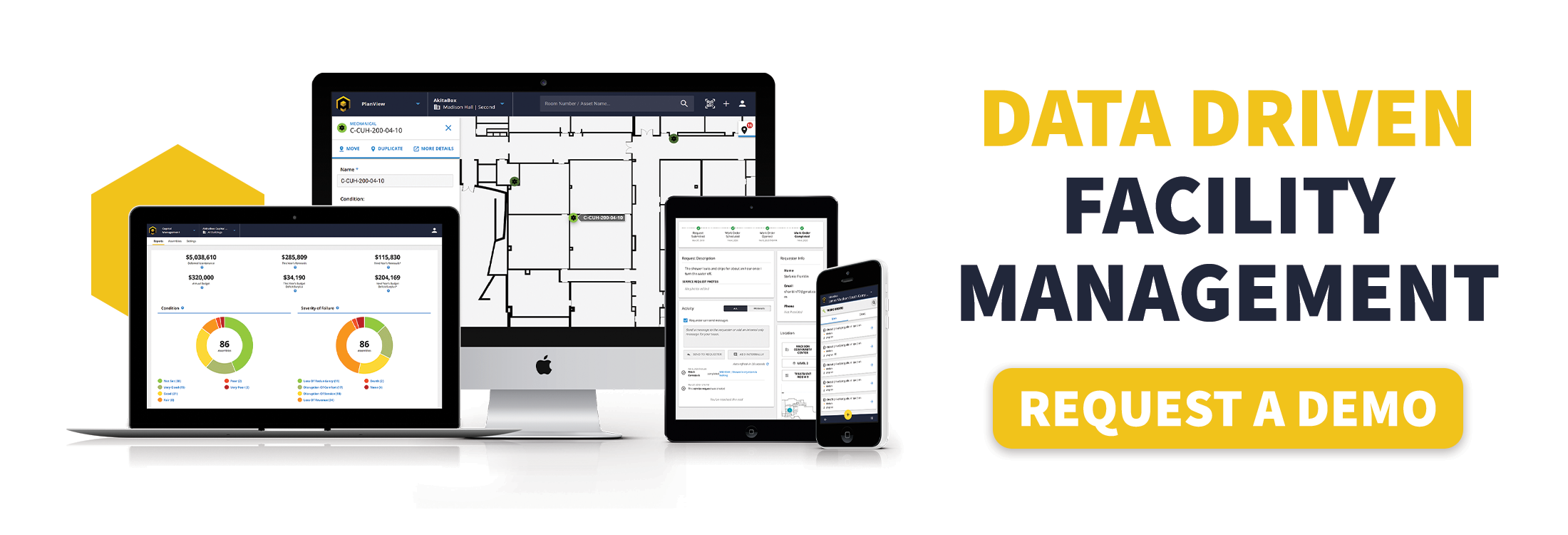The Top 3 Facility Management Challenges for Multi-Hospital Systems
Multi-hospital systems all face a similar set of challenges when it comes to providing excellent patient care via effective facilities management practices.
While unique operationally, multi-hospital systems all face the challenge of providing excellent patient care via effective facilities management practices.
Oftentimes, these organizations and their facilities management teams have a gap in their tool set. Whether it’s systems that don’t talk to each other, information that isn’t digitized, or lack of a feedback loop, there is risk of costly mistakes—both in lives and dollars.
Let’s take a look at the top three facility management challenges faced by multi-hospital systems, and how they can be remedied.
Facility Management Challenges and Solutions for Multi-Hospital Systems
1. Lack of Facility Information Access
A lack of access to facility information is often caused by paper-based processes, which creates more work and slows down operations. This absence of accurate digital information doesn’t only mean that field teams don’t have access to the accurate facility data they need, but leadership teams also lack a clear view into operations—the key information they need to support decisions. All of this can mean more mistakes, potentially poor decisions, and an increased risk of liability.
What’s the Solution?
- We get it; managing many different building types can be challenging for large healthcare systems and can lead to a lack of system oversight. You need facility management software that can provide you with the ability to:
- Make documentation accessible online from anywhere
- Locate key equipment using floor plans
- Improve the transfer of information from construction to facilities
- View and transmit required documentation to third parties
2. Inefficient Facility Compliance
If your compliance operations are complicated and take too much time to execute, you’re not alone. When reporting procedures are manual, it reduces your ability to perform in other areas. It also means your ability to identify and address failures isn’t detailed or clear. This can lead to workforce inefficiency and an increased risk of omission.
What’s the Solution?
Thankfully, there are tools that can help. Say goodbye to complicated, paper-based compliance processes. Instead, use a solution that can generate simple reports for inspections and compliance, leading to:
- A lower risk of losing a key document during an inspection
- More easily-managed compliance
- Increased access and insight
- More time and resources
3. Financial Inefficiency in Healthcare Facilities
Financial inefficiency can be the result of a lack of information. This jeopardizes the integrity of upcoming capital expenditure decisions. When there’s no feedback loop to inform which assets are performing according to expectations and which aren’t, financial planning becomes a guessing game.
What’s the Solution?
In order to prevent costly mistakes from poor or inaccurate information, you need a partner that works alongside your existing technology. This helps you improve both financial and workforce efficiency, achieve more with your existing budget, make better informed decisions, and save money.
How does it work? By:
- Identifying wasted spend on underperforming assets
- Maximizing warranties
- Projecting future capital needs and protecting the organization from financial risk
The Bottom Line for Multi-Hospital Systems
Putting a useful, accurate, asset management tool in the hands of your facilities teams is essential for increasing the effectiveness of your emergency response and general facilities practices.
In order to respond and operate well, you need an accurate map of your buildings, their key assets, and a quickly-accessible storage repository of relevant documents related to those assets. This system will prevent you from making critical mistakes that cost both lives and dollars.
What’s more, organizing and operating from this information system provides other key benefits to make you more effective and efficient in the way you perform project management, specify new construction requirements, and operate your facility assets.
AkitaBox’s facility management software is uniquely able to help you solve the challenges your organization is facing, providing a foundation for you to level up your excellence in facilities management and patient care—all while giving you more control and freeing up more of your time and budgetary resources.
Learn more about how our solution can help by scheduling a demo.

